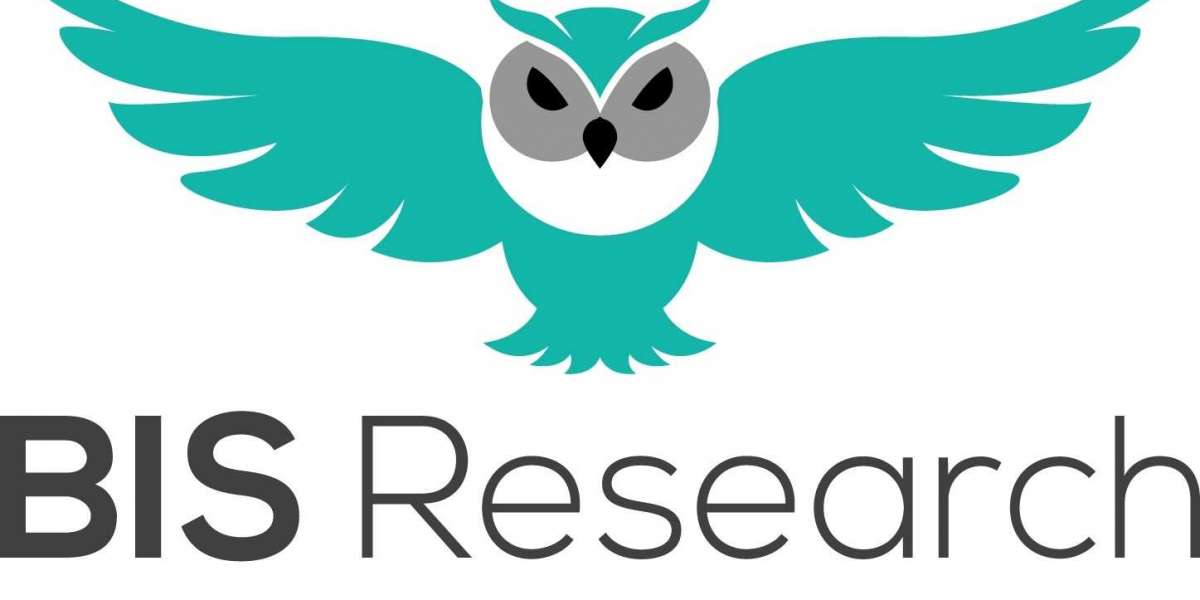Introduction
Communication is a fundamental aspect of human interaction, enabling us to express our thoughts, feelings, and ideas. For individuals who struggle with stuttering, this seemingly simple act can become a significant challenge, affecting their self-confidence, social interactions, and overall quality of life. However, hope shines bright in the form of speech pathologists, professionals equipped with the knowledge and expertise to transform lives through the journey from stuttering to fluency. In this blog, we will explore the vital role speech pathologists play in helping individuals overcome stuttering, unlocking their true potential for effective communication and personal growth.
Understanding Stuttering
Stuttering is a communication disorder characterized by disruptions in the normal flow of speech. It often involves repetitions of sounds, syllables, or words, prolongations of sounds, and blocks or hesitations during speech. The impact of stuttering can be profound, leading to feelings of frustration, embarrassment, and anxiety in affected individuals.
The Role of a Speech Pathologist
Speech pathologists, also known as speech-language pathologists (SLPs), are highly skilled professionals who specialize in the diagnosis, evaluation, and treatment of communication disorders, including stuttering. Their mission is to help individuals of all ages develop effective communication skills and improve their overall quality of life.
Assessment and Diagnosis
The first step in a speech pathologist's journey to transform a life affected by stuttering is a comprehensive assessment. Through various evaluations and tests, the SLP identifies the nature and severity of the stuttering, as well as any contributing factors. This individualized assessment lays the foundation for creating a personalized treatment plan that addresses the specific needs of the client.
Establishing Therapy Goals
With the assessment completed, the speech pathologist collaborates with the client to establish therapy goals. These goals are tailored to the client's unique needs, focusing on areas such as fluency enhancement, reducing avoidance behaviors, improving communication confidence, and managing emotional reactions to stuttering.
Fluency-Shaping Techniques
Speech pathologists employ a variety of evidence-based techniques to promote fluency in their clients. Fluency-shaping techniques involve teaching individuals how to speak with smoother, more controlled speech patterns. These techniques may include relaxed breathing, gentle onset of sounds, and easy transitions between words and phrases. With regular practice, clients begin to experience increased fluency and reduced stuttering.
Stuttering Modification Strategies
In addition to fluency-shaping techniques, speech pathologists also introduce stuttering modification strategies. These strategies focus on helping clients manage moments of stuttering effectively and with less tension. By desensitizing clients to the fear of stuttering, they gain increased self-acceptance and learn to embrace their unique communication style.
Communication Confidence and Coping Skills
Beyond techniques to improve fluency, speech pathologists help clients build communication confidence and develop coping skills. As clients learn to navigate challenging speaking situations, they gain the tools to manage stress and anxiety related to their stuttering, empowering them to engage more actively in social interactions and professional settings.
Ongoing Support and Maintenance
The journey to fluency is not a linear process, and speech pathologists understand that progress may vary for each individual. As such, they provide ongoing support and encouragement to their clients, ensuring that they stay committed to their goals and continue to make strides toward improved communication.
Building Self-Awareness and Acceptance
A critical aspect of a speech pathologist's approach is to help clients develop self-awareness about their stuttering. By understanding their unique speech patterns and triggers, clients can begin to embrace their stutter as part of who they are, rather than something to be ashamed of. This self-awareness lays the groundwork for self-acceptance, an essential element in the journey to fluency.
Holistic Approach to Communication
Speech pathologists recognize that effective communication goes beyond just fluency. They take a holistic approach, addressing other aspects of communication, such as nonverbal cues, body language, and eye contact. By focusing on these elements, speech pathologists empower their clients to communicate more confidently and authentically, even during moments of stuttering.
Encouraging Open Communication and Support Networks
Stuttering can lead to feelings of isolation and loneliness. Speech pathologists encourage open communication about stuttering with family, friends, and peers. They also guide clients in seeking support networks, such as support groups or online communities, where they can connect with others who share similar experiences. Having a support system can significantly boost a person's confidence and motivation to work on their communication skills.
Empowering Beyond the Therapy Room
A great speech pathologist doesn't limit their impact to the therapy room. They equip their clients with practical strategies for real-world situations, such as speaking in public, job interviews, or social gatherings. By teaching effective communication techniques, managing anxiety, and navigating potential challenges, speech pathologists empower their clients to thrive in various scenarios.
Involving Family and Loved Ones
Speech pathologists understand that family support is crucial for successful outcomes. They involve the family in therapy sessions, educating them about stuttering and offering guidance on how to support their loved one's progress outside the therapy setting. This collaborative approach creates a nurturing environment that fosters communication growth.
Advocacy and Awareness
Beyond individual therapy, speech pathologists play a broader role in advocating for individuals who stutter and raising awareness about stuttering in the community. They work to break down societal stigmas and misconceptions surrounding stuttering, promoting a more inclusive and understanding environment.
Celebrating Progress and Milestones
The journey from stuttering to fluency is marked with various milestones and accomplishments. A supportive speech pathologist celebrates every step forward, reinforcing the client's sense of achievement and motivating them to continue striving for improvement.
Lifelong Communication Partners
The relationship between a speech pathologist and their client extends far beyond the initial therapy sessions. Many speech pathologists become lifelong communication partners, periodically checking in with their clients to provide additional support, fine-tune techniques, and celebrate ongoing progress.
Conclusion
Speech pathologists are true champions of communication, helping individuals who stutter transform their lives and embrace their unique voices. Through a holistic, compassionate, and evidence-based approach, these dedicated professionals empower their clients to overcome challenges, build self-confidence, and discover the joy of fluent expression. From assessing the individual needs to providing ongoing support, speech pathologists stand as unwavering advocates for their clients on the journey from stuttering to fluency, ensuring that every voice is heard and celebrated.








